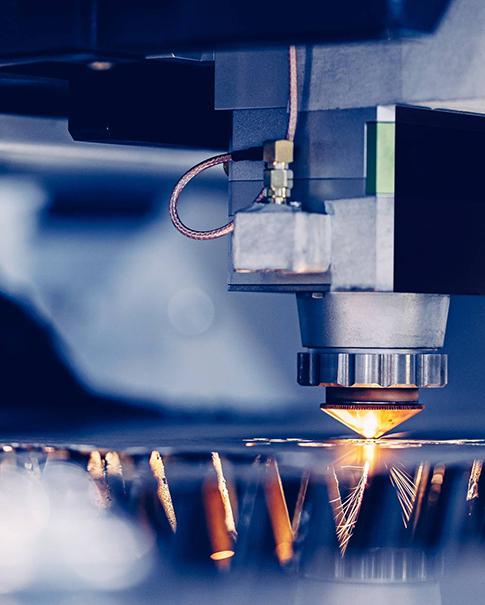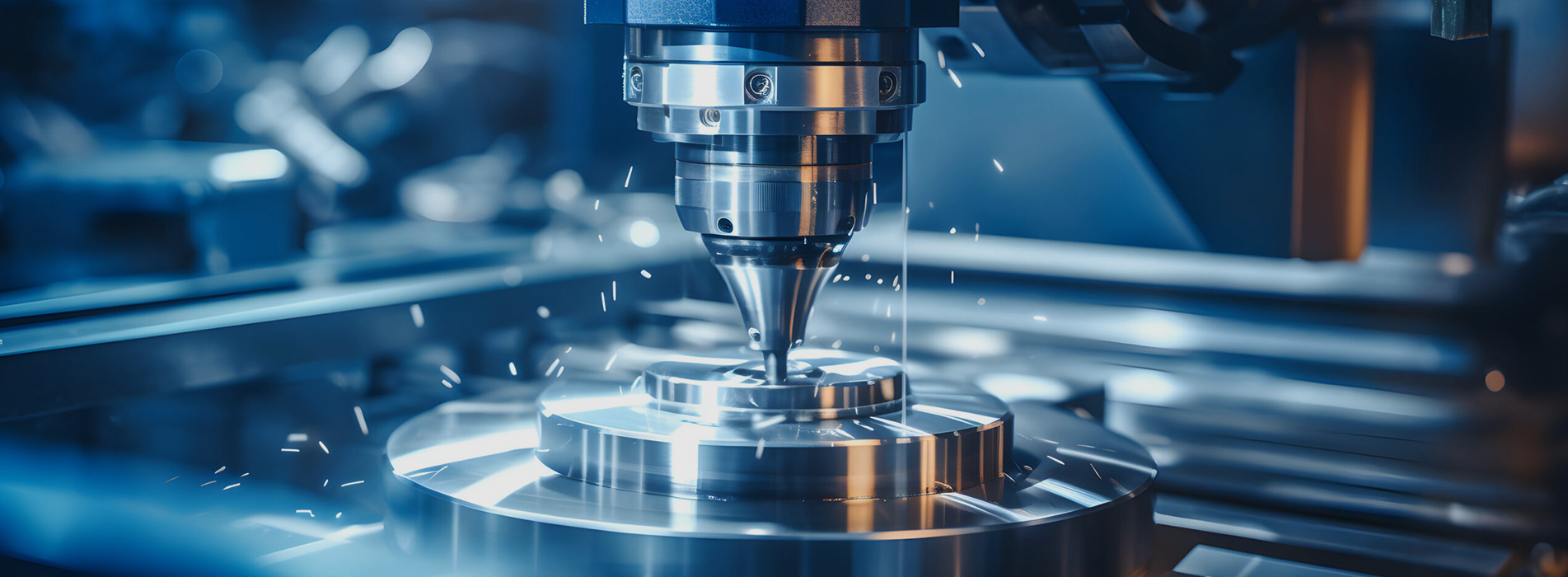O QUE VOCÊ ESTÁ PROCURANDO?
Pesquisas populares :
serviço de microusinagem peças usinadas CNC serviços de usinagem personalizados usinagem CNC OEM personalizada Protótipo CNC personalizado para usinagem rápida de peças de aço inoxidável serviço de treinamento/fresamento cnc de alta precisão serviços de usinagem personalizados usinagem cnc com certificação ISO Peças de fresamento e torneamento de precisão Serviço de usinagem de liga de titânioO QUE VOCÊ ESTÁ PROCURANDO?
Pesquisas populares :
serviço de microusinagem peças usinadas CNC serviços de usinagem personalizados usinagem CNC OEM personalizada Protótipo CNC personalizado para usinagem rápida de peças de aço inoxidável serviço de treinamento/fresamento cnc de alta precisão serviços de usinagem personalizados usinagem cnc com certificação ISO Peças de fresamento e torneamento de precisão Serviço de usinagem de liga de titânio














 ASSINE NOSSA NEWSLETTER
ASSINE NOSSA NEWSLETTER






